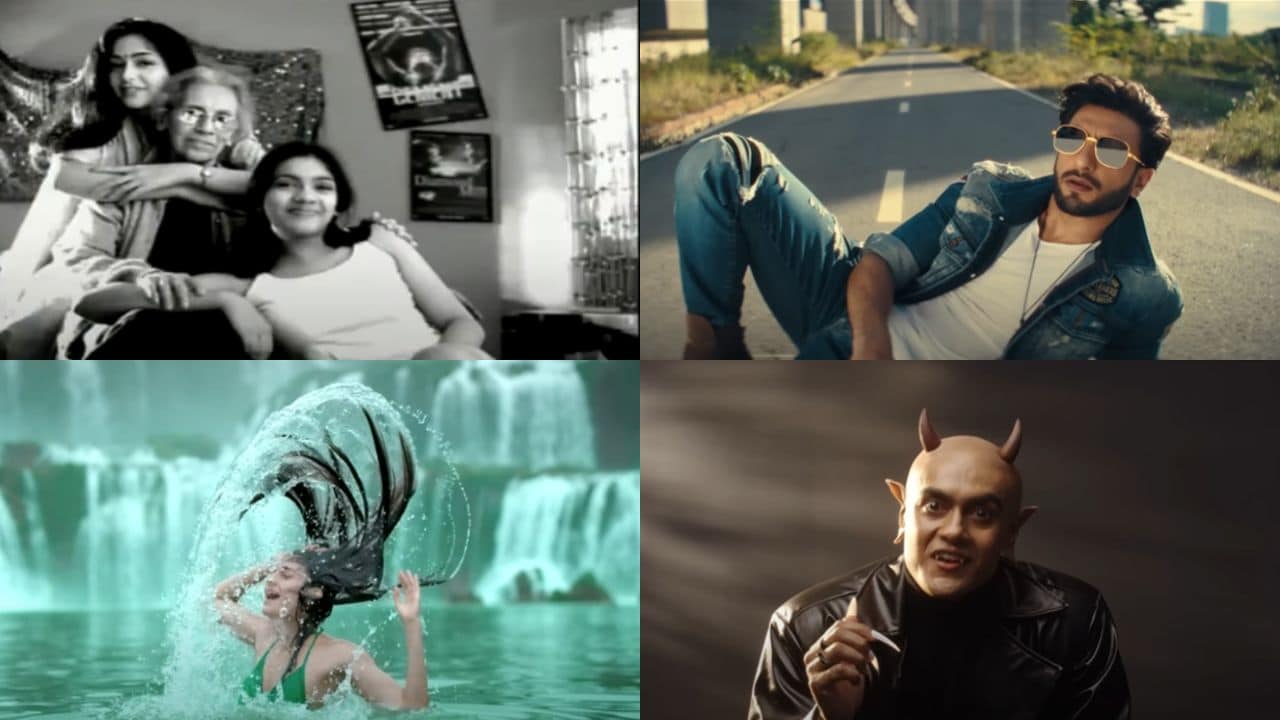In a race to connect with the younger generation and stand out amidst the clutter, brands seem to have found a new tactic in the old. The shortcut is to play back the retro jazz— sing the same song it did some twenty years ago, hoping that it will still interest the listeners.
Consider this. PepsiCo resurrected its 1990s ‘Yeh Dil Maange More’ campaign featuring actor Ranveer Singh while ‘Onida Devil’ made a cool comeback this summer for its air-conditioners range, which first came out with full-page print ads in 1982 followed by TV.
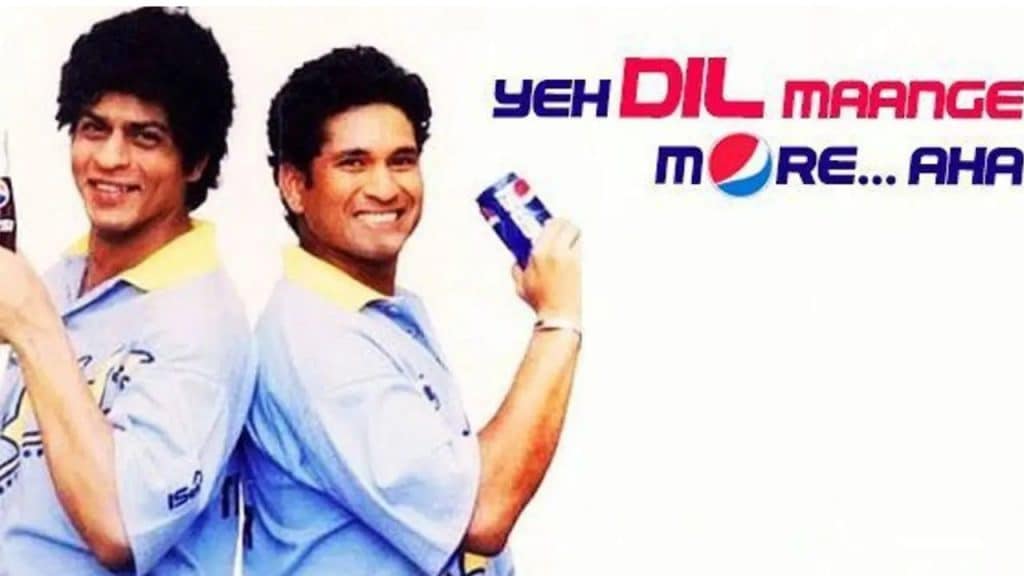
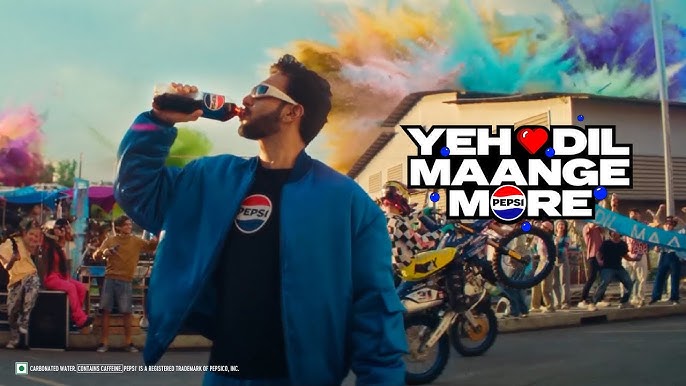
Asian Paints has revived its Ogilvy-made ‘Har Ghar Kuch Kehta Hai’ ad, whereas PepsiCo’s Mountain Dew has recently revived its mountain logo on cans and bottles after two decades.
In fact, cosmetics major Maybelline also revived its jingle ‘Maybe It’s Maybelline’, which marked a comeback of the tagline from the 1990s— featuring Suhana Khan.
Brands across categories are certainly trying everything to instill nostalgia in GenZ.
And this trend is here to stay, Santosh Desai, columnist, media critic, and MD and CEO of Future Brands tells Storyboard18.
“There is a need for featuring nostalgia in ads as this trend will continue for a while. We are moving towards technology, more AI, but there needs to be a factor that is more real and gives a sense of authenticity. Nostalgia is an important peg,” he notes.
Nostalgia is a powerful route because it relies on sensory stimuli to trigger emotional associations with a past— which is often idealised by consumers, explains Nisha Sampath, managing partner, Bright Angles Consulting LLP.
For instance, Coke is a brand that has always leveraged nostalgia effectively, evoking the Golden Days of the Great American Dream, and in a modern context, the joy of moments shared with family.
“Nostalgia taps into residual awareness of consumers and can hence be an effective way to rebuild awareness and consideration amongst brands looking to make a comeback”, she highlights.
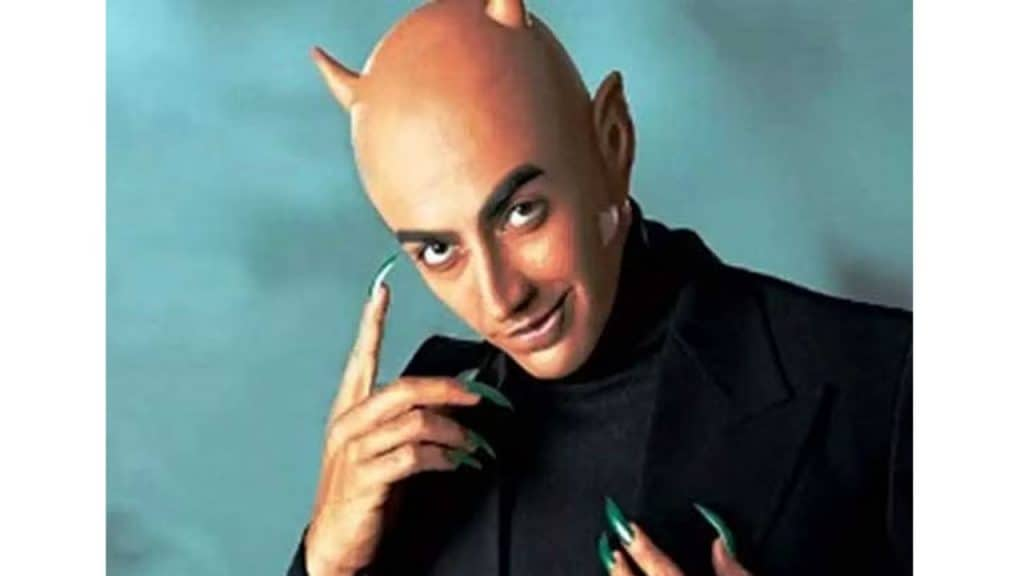
Especially given how the attention span of audiences today is that of a goldfish.
One of the studies conducted by Microsoft showed that since 2000, our attention span has dropped about 25% – from 12 to 8 seconds.
So, now brands must adapt their marketing strategies to resonate with their audiences, effectively— not only because we have ‘four seconds’ less but also because social media has rewired a majority of the audiences today to ‘swipe and scroll’ more and interact less.
With platforms like Instagram and TikTok, the short format video is that much more fashionable. But even in this space, it is quite easy to occupy the long and laborious format of advertising of your crunched into a 30-seconder or a 60-seconder which operates in these platforms. Creativity comes in the way you do it in this digital environment, points out Harish Bijoor, who runs boutique-consulting outfit- Harish Bijoor Consults Inc.
“Nostalgia actually breaks the clutter. In a world where everything looks like everything else, the one thing that disturbs the clutter and stands unique is nostalgia. Elements of nostalgia can also include the kind of colour that is used, maybe just black and white gewa colour—they’re rustic in terms of fonts. Rustic fonts are great for brands because we are so used to fonts which look so ever so classy, so all of a sudden rustic font can help you stand out,” he shares.
And then, of course, bringing back the old logos and going back to the good old jingles.
“Sometimes reviving jingles from the graveyard of jingles or brands helps because it takes you back to the tone, tenor, and decibel that was unique once upon a time,” he adds.
Experts in a nutshell agree nostalgia is truly a clutter break in this day and age. That apart, when you slap nostalgia onto the latest development with the best technology and the best delivery and efficacy, Bijoor adds, that’s when nostalgia truly works.
It Is Not All That Jazz
The pitfall of nostalgia is that it connects typically with the older generation, whilst most brands want to talk to the younger generation. Therefore, how nostalgia is made relevant to a younger generation matters a lot.
So, while nostalgia is a good lever to use, most of it doesn’t address the key target consumer. The audience that vibes with nostalgia is usually much older and therefore far less numerical in size, notes Sandeep Goyal, chairman, Rediffusion.
“For the younger generation the same nostalgia strokes are far bedimmed and not always relevant as they were perhaps not as much a part of the original wave,” he says.
Lots of brands have tried nostalgia at a broader level – Ambassador cars, Nirula’s fast food, BPL TVs – but cut no ice.
The replay of old ads in a new avatar is more a nudge to nostalgia rather than real nostalgia. It is like a cover version in music. The Asian and Cadbury’s examples are old wine in new bottles.
KV Sridhar aka Pops, Chief Creative Officer Global, Nihilent, makes an interesting point.
The comeback of the old ads (like in the case of Asian Paints) is repurposing the old brand idea which came from a good life insight—and is not just about bringing back an old ad campaign.
“If you bring back old ideas, you need to make those ideas relevant or re-establish what they stood for to a newer audience, otherwise, they have the danger of becoming another ‘Onida Devil’ or ‘Liril Girl’,” he remarks.
Liril’s “Liril Girl” made a comeback in 2015 with a modern take on the brand’s original waterfall ad from the 1970s, but failed to garner attention. Similarly, in the case of Onida.
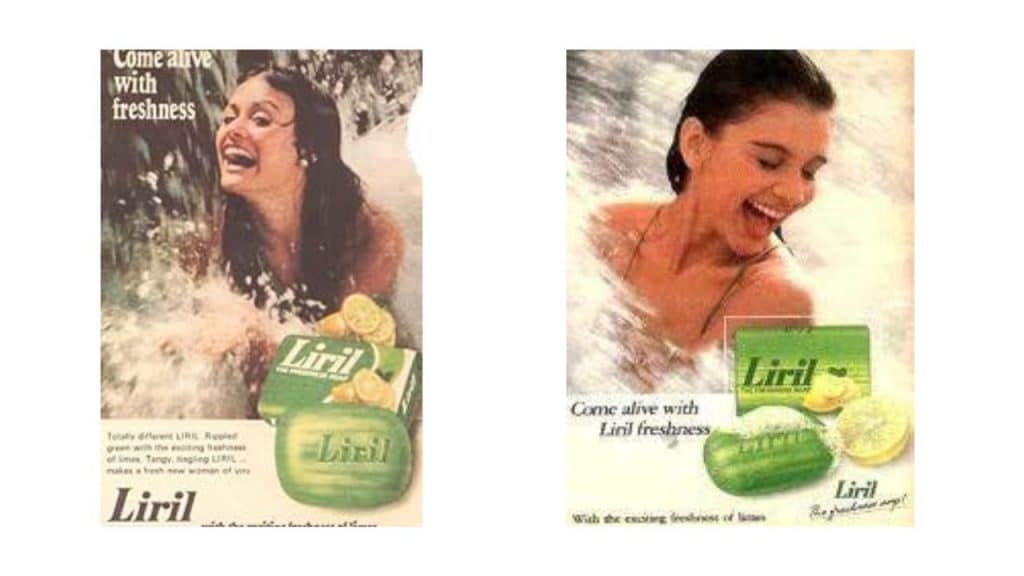
“When Liril made a comeback with the similar ad, people started viewing it as ‘fathers/mother’s brand’ and started wondering why should we use it because the brand did not repurpose the core insight,” points out Sridhar.
What made the Liril ad famous was the insight that anybody can fantasise about having a great bath under a waterfall. Normal people cannot imagine and experience a beautiful bathing experience in a tub (like Lux made people feel) because the tub is not accessible, but a waterfall or a natural shower is.
“If you miss that insight and then only try to make a comeback thinking people got attracted because I showed beautiful women, it won’t work,’ he adds.
Nostalgia will never work, according to him— it’s the relevance of the insight that works.
Sampath concludes saying that as marketers, one must remember that nostalgia is not a static construct.
Today’s Gen Z will also experience nostalgia, but what will they remember fondly? Foreign trips with parents? Pancakes at McDonald’s? Definitely, the memories will be different vs the older generation. It will be important to keep tracking the evolution of nostalgia for different age cohorts, to leverage it effectively.
With inputs from Sakina Kheriwala
